Online Filmmaking School
If you’d like to learn about Digital Filmmaking in hindi , this may be interesting for you.
You Will Learn About Filmmaking
Top Categories
Who Is It For?
“Online Filmmaking School” is an online medium where anyone can get to know about the process of Filmmaking in hindi through the internet and can also take training of post-production related softwares in Hindi medium.
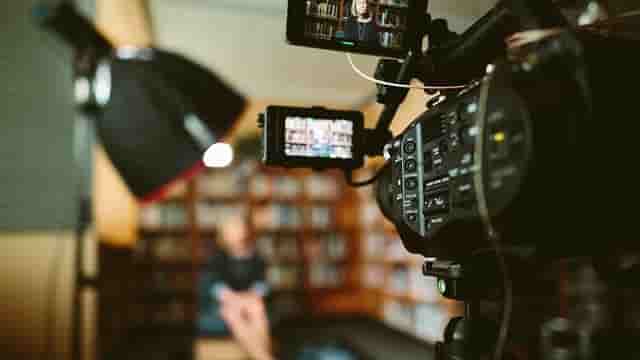
Digital Filmamking
Digital filmmaking refers to the process of creating films using digital technology and equipment. It involves capturing, editing, and distributing video and audio content using digital cameras, computer-based editing software, and various digital tools and techniques.

Visual Effects
Visual Effects (VFX) refer to the process of creating or manipulating imagery to enhance or alter the visuals in films, television shows, commercials, or other forms of media. VFX are used to create realistic or fantastical elements that cannot be achieved practically during filming.

Video Editing
Video editing is the process of manipulating and rearranging video footage, audio, and other media elements to create a cohesive and engaging visual narrative. It is a crucial stage in the post-production phase of filmmaking, where raw footage is transformed into a polished and coherent final product.
Learn About Filmmaking
Digital Filmmaking Process

The filmmaking process involves several stages that filmmakers go through to bring a film from the initial idea to its completion. Here is a simplified overview of the filmmaking process:
Development
This stage focuses on developing the concept and creating a script for the film. It also involves securing funding for the project.
Pre-production
Detailed planning takes place during this phase. Tasks include creating a production schedule, assembling the production team, casting actors, and scouting suitable filming locations.
Production
This is the phase where the actual filming takes place. The director works closely with the cast and crew to capture the required performances and visuals.
Post-production
After filming, the footage is reviewed, selected, and edited to create the final sequence of the film. Sound design, color grading, and visual effects are added during this stage.
Distribution
Once the film is completed, it is marketed and promoted to generate interest. It can be submitted to film festivals and released through various distribution channels such as theaters, streaming platforms, or television.
300+
Post about Filmmaking
3+
Years served
50K+
Reader Every Month
10k+
Community
What is VFX ?
Visual Effects (VFX) refer to the use of computer-generated imagery (CGI) and digital techniques to enhance or create visual elements in films, television shows, commercials, and other media. VFX are employed to bring fantastical creatures, environments, or extraordinary events to life, which may be challenging or impossible to achieve practically during filming.
VFX are the magic behind stunning and awe-inspiring visuals in movies. They enable filmmakers to create incredible worlds, mind-bending action sequences, breathtaking visual effects, and creatures that defy reality. VFX artists use digital tools and techniques to make the impossible to possible, adding an extra layer of visual spectacle and storytelling to films.

VFX involve various methods and technologies, including computer-generated imagery, digital compositing, 3D modeling and animation, matte painting, and motion capture. These techniques allow filmmakers to seamlessly blend real footage with virtual elements or create entirely computer-generated scenes.
Concept and Pre-production:
- Collaboration: VFX artists work closely with directors, producers, and production designers to understand the creative vision and requirements for the visual effects.
- Planning: Discussions and concept art help to visualize the desired VFX shots and sequences, determining the overall look, style, and scope of the effects.
- Pre-visualization: Creating rough digital or storyboard representations of the planned VFX shots to aid in planning and communication.
Production:
- Data Acquisition: Filming on set, where VFX shots are captured alongside live-action footage. This may involve using green screens, tracking markers, or motion capture systems to gather necessary data for later integration.
- Data Management: Proper organization and management of the acquired data, ensuring it is labeled, categorized, and ready for post-production.
Post-production:
- Asset Creation: VFX artists create or acquire digital assets, such as 3D models, textures, or matte paintings, based on the requirements of the VFX shots.
- Compositing: Combining multiple layers of footage, including live-action, CG elements, and other VFX assets, to create the final composite shot. This involves matching lighting, colors, and integrating the elements seamlessly.
- Animation and Effects: Implementing animation for CG characters or objects, simulating natural phenomena (like fire, smoke, or water), and generating other visual effects to enhance the realism or stylization of the shots.
- Rendering: The final composited shots and VFX sequences are rendered, which involves processing the digital data to produce the high-quality images or animations required for the final output.
Quality Assurance and Iteration:
- Review and Feedback: The VFX shots are reviewed by the creative team, and feedback is provided for further refinement.
- Iteration and Refinement: Making necessary adjustments or revisions based on feedback, ensuring the VFX shots meet the desired artistic and technical standards.
Integration and Delivery:
- Final Integration: The completed VFX shots are integrated into the overall film or media project, working in collaboration with the editing and sound teams.
- Delivery: The final VFX shots are rendered and delivered in the required format for integration into the final master version of the film or media project.
Career in Digital Filmmaking
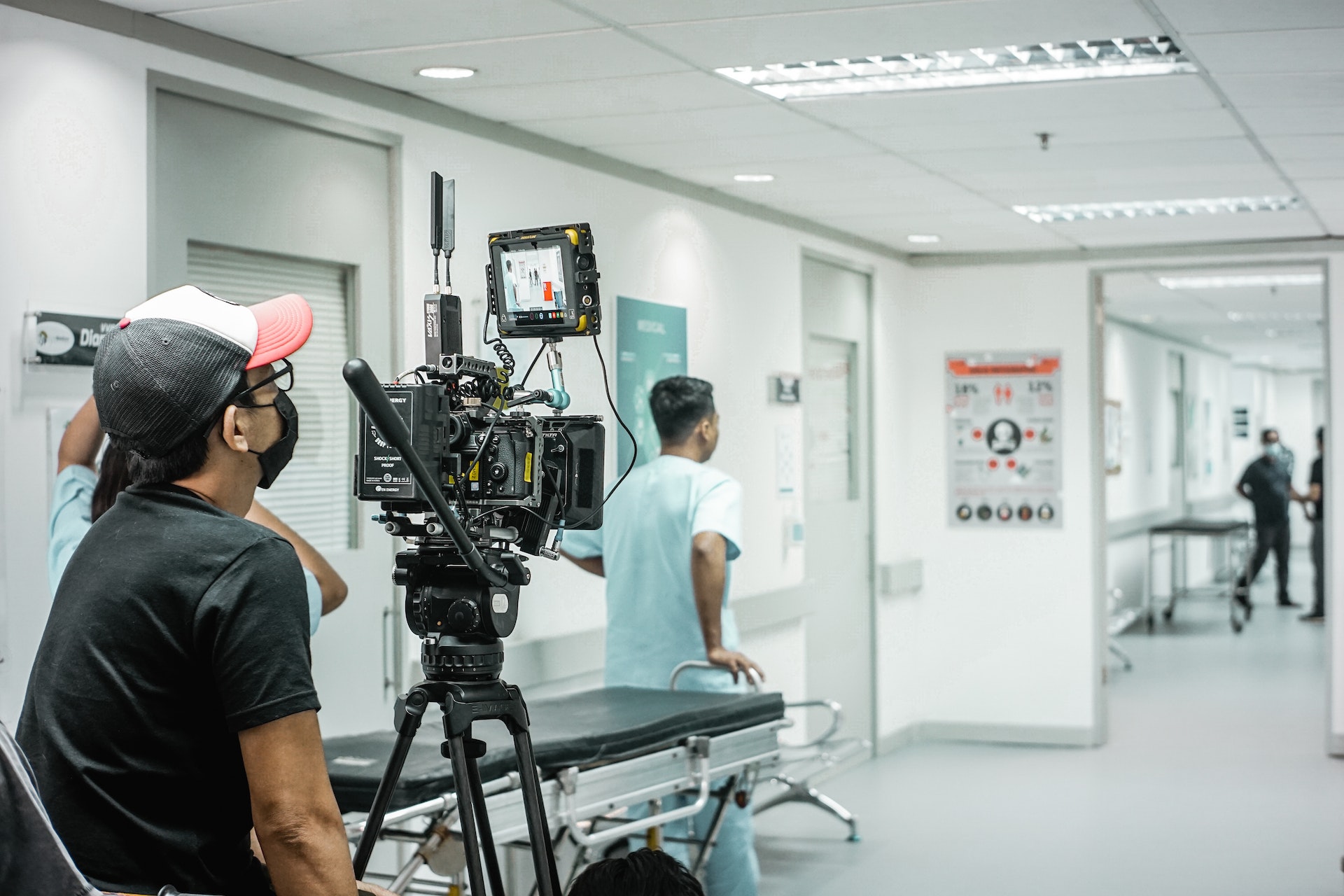
Here are some potential career paths within the field of digital filmmaking:

Filmmaker/Director
As a filmmaker or director, you have the creative vision and responsibility for overseeing the entire filmmaking process. You conceptualize, write, and direct films, working closely with a team of professionals to bring your vision to life.

Cinematographer/DOP
The cinematographer, also known as the director of photography (DP), is responsible for capturing the visuals of a film. They collaborate with the director to develop the visual style, choose camera equipment, set up shots, and manage the lighting and composition.

Video Editor
Video editors work with raw footage and assemble it into a cohesive and engaging story. They are skilled in using editing software, cutting and arranging scenes, applying visual effects, and ensuring smooth transitions. They play a crucial role in shaping the narrative and pace of a film.

Production Designer
Production designers or art directors are responsible for the visual aesthetics and overall look of a film. They collaborate with the director and cinematographer to create the desired visual style, oversee set design, costumes, props, and other visual elements that contribute to the film’s atmosphere and storytelling.

VFX Artist
VFX artists specialize in creating and integrating visual effects into films. They use software and techniques to generate or enhance digital elements, such as CGI creatures, environments, or complex simulations. They collaborate closely with directors and other departments to achieve the desired visual effects.

Screenwriter
Screenwriters are the storytellers who develop scripts or screenplays for films. They create compelling characters, write engaging dialogue, and structure the narrative. A strong foundation in storytelling and an understanding of visual storytelling techniques are essential for this role.

Sound Designer/Editor
Sound designers and editors are responsible for the audio elements of a film. They enhance the overall soundscape by adding or manipulating sound effects, designing and mixing audio, and ensuring synchronization with the visuals. They play a crucial role in creating a captivating auditory experience.

Producer
Producers handle the logistical and financial aspects of filmmaking. They secure funding, manage budgets and schedules, coordinate with various departments, and ensure the smooth running of the production from start to finish.





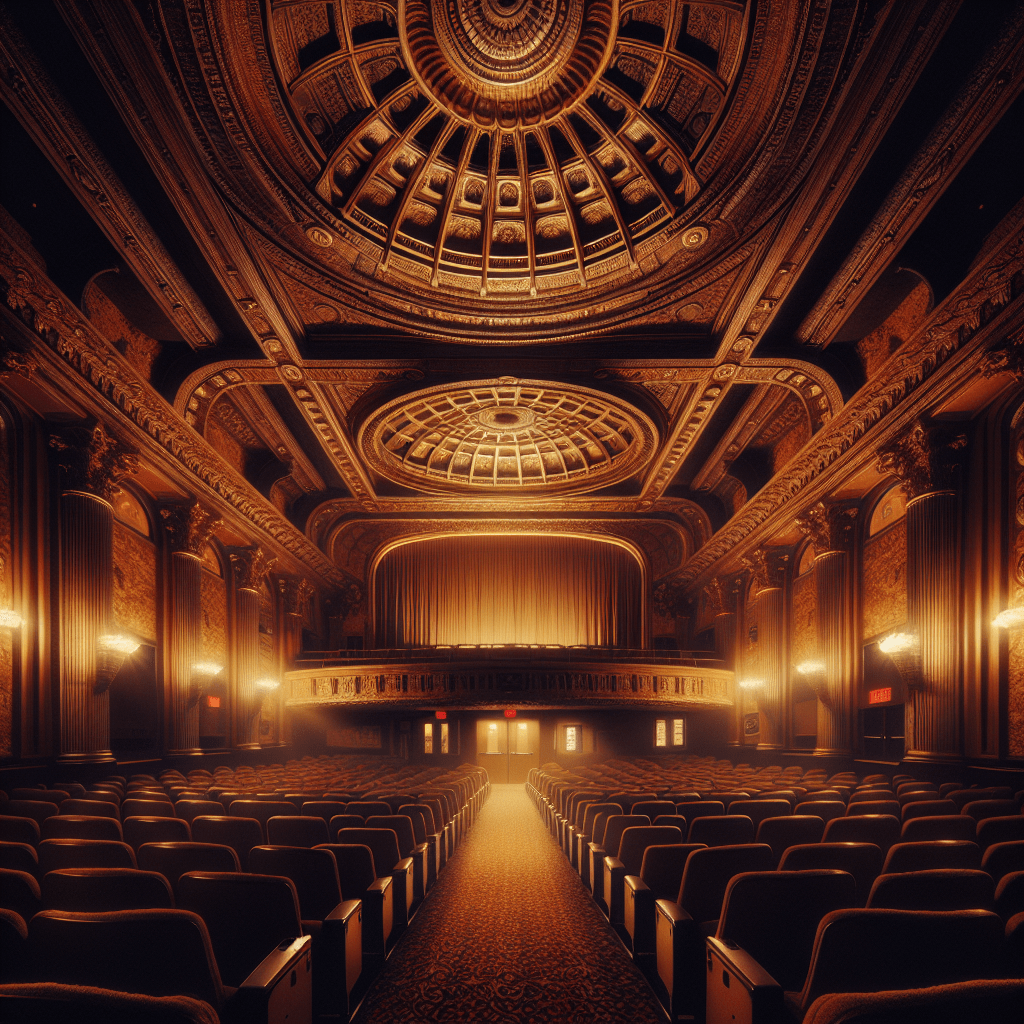



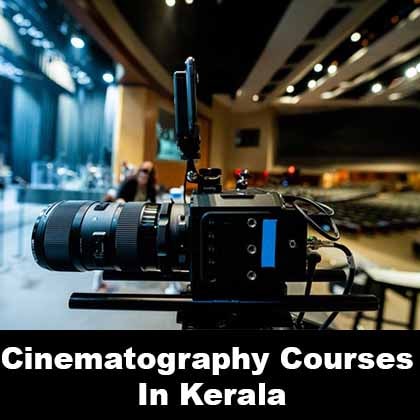




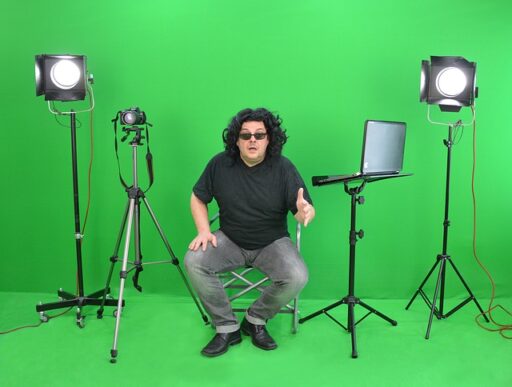
![Actor kaise bane | एक्टर कैसे बने [2023] Actor kaise bane](https://onlinefilmmakingschool.com/wp-content/uploads/2020/01/Acting-min.jpg)
